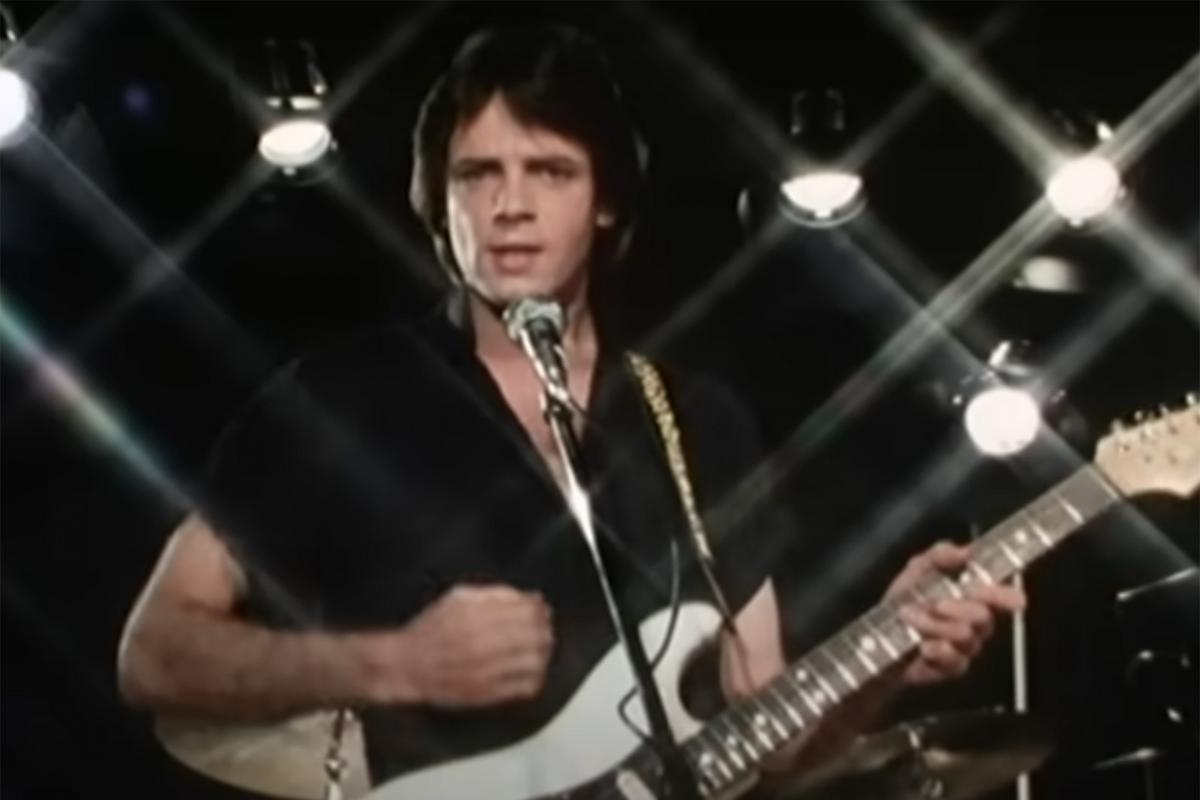Rick Springfield landed his first and only No. 1 single with “Jessie’s Girl” in the summer of 1981. While some artists have said they had no idea they were about to have major success, the Australian singer-songwriter fortunately had a different viewpoint.”I always thought every song I wrote is going to be a hit,” he shares in a new interview on the UCR Podcast. “You have to think that, otherwise, I won’t finish the song. If I think [something] is album filler, I won’t finish it. Back then, I was certainly writing songs that I would love to hear on the radio.”He credits his tireless work ethic, even then, as something that contributed in a helpful way to the vision he had for his music. “I love to write and play,” he says. “I would have a commercial element [in the things I was writing], but I thought there were way better songs on Working Class Dog than ‘Jessie’s Girl.'”Springfield was in the process of going over material for the album that became 1981’s Working Class Dog. It was his manager, Joe Gottfried, who also owned Sound City, the legendary studio where he was recording, that suggested perhaps he should look to work with producer Keith Olsen (Foreigner, Pat Benatar, Fleetwood Mac) on a couple of songs. The pair had a bit of history, as Olsen had done some production work on Springfield’s Beginnings album, which was released in 1972.The Origins of ‘Jessie’s Girl'”He listened to all of my demos. I do very thorough demos and back then, I was using cushions for drums,” Springfield recalls now. “I had an old bass that I got for 20 bucks from a pawn shop. It all fit into the Teac four-track [recorder] that was kind of standard for home songwriters. I had 10 songs that I was really happy with. I went to Keith’s house and played them and he listened to them all and picked ‘Jessie’s Girl,’ I go, ‘Why?’ I thought there were much more commercial songs on there. But he was right and you can’t fault that.”Watch Rick Springfield’s Video For ‘Jessie’s Girl’The guitarist had written the song near the end of the ’70s and when he eventually recorded it with Olsen, the producer made some changes. “There was a big long solo in the middle of the song on the demo. I’d vamp on A and play a two-minute solo,” he says now. “As Keith was listening to it, he was making a cutting motion. So I learned from him to be very concise in my writing. That’s probably the main thing I learned from him. You know, make it short and sweet and hit the good spots and leave the stuff that people are going to start yawning about out. I’ve tried to follow that all along with my career.”Springfield will be back on the road this summer, headlining a bill that also includes John Waite, Wang Chung, Paul Young and John Cafferty. The concerts will showcase music from his newest record, Big Hits: Rick Springfield’s Greatest Hits, Vol. 2, which highlights some of the best material from the albums he’s released in the past 25 years. The collection features several songs that are previously unreleased or hard to find, including a new song, “Lose Myself.”READ MORE: Rick Springfield and John Waite Announce ‘I Want My ’80s Tour’He also went back and recorded a new version of “Jessie’s Girl” to include on Big Hits and admits that it was an adventure revisiting what he’d done at the beginning of the ’80s on the original version. “The initial guitar sound was a tough one to [replicate],” he shares. “Because it was two amps — two old Marshalls with an Eventide between them. So you’d lower the pitch of one and it created this really unique sound. As soon as you hear the riff on the radio, you recognize that sound. Matching that was pretty tough.”Listen to Rick Springfield on the ‘UCR Podcast’Totally ’80s: The Pictures That Take You BackTake a nostalgic journey through the ’80s with these iconic photos—capturing the fashion, toys, and unforgettable news events that left a lasting impact on a generation. Keep scrolling to relive the moments that defined the decade.Gallery Credit: Stephen LenzNext: How Rick Springfield Secured His Future With ‘Living in Oz’




